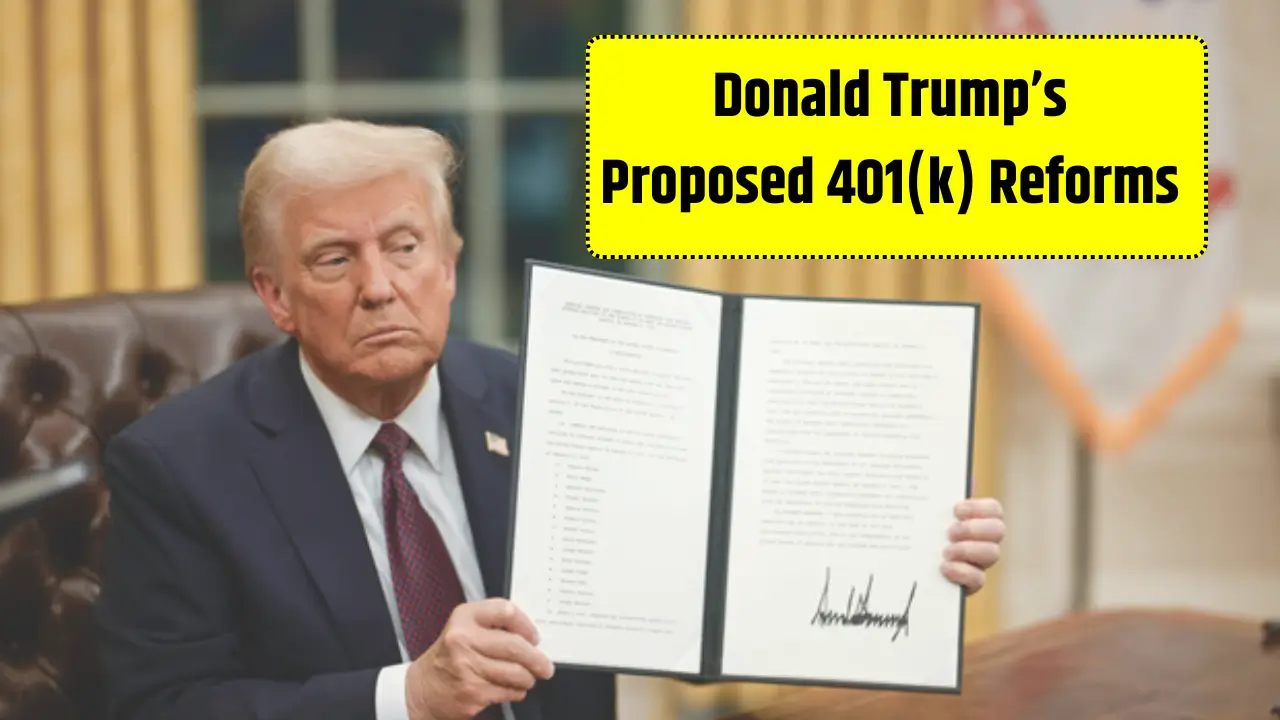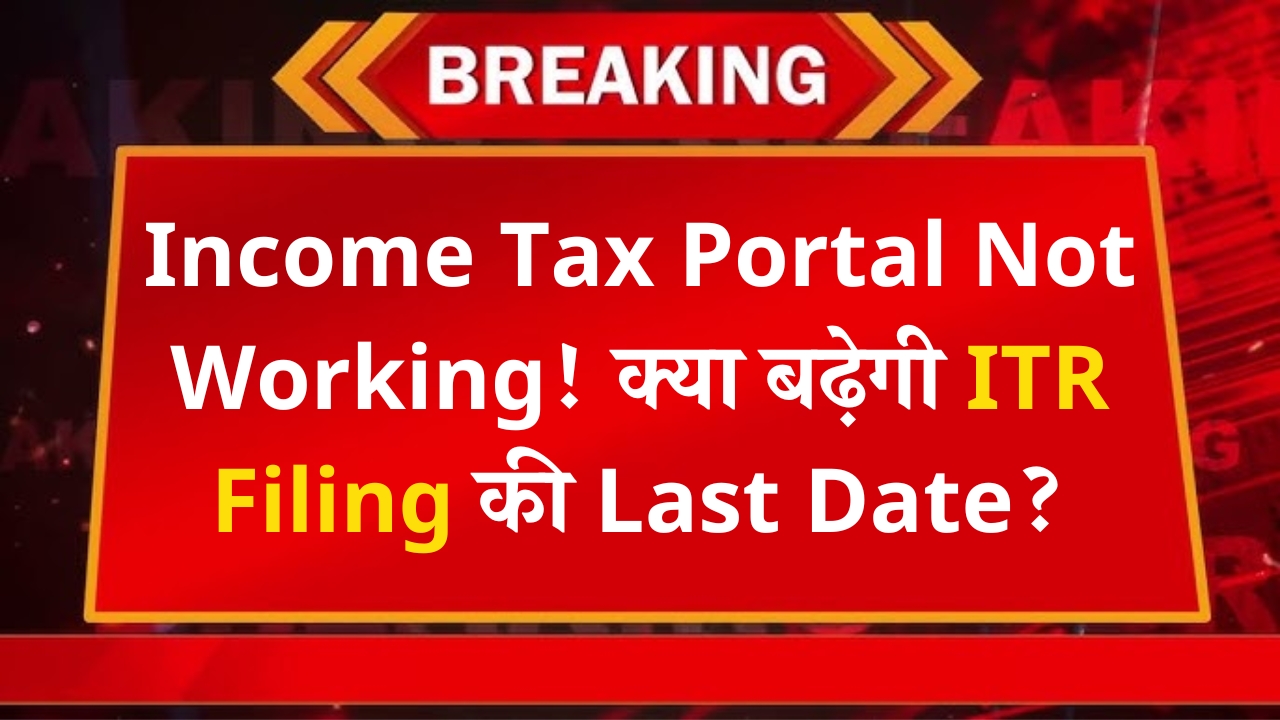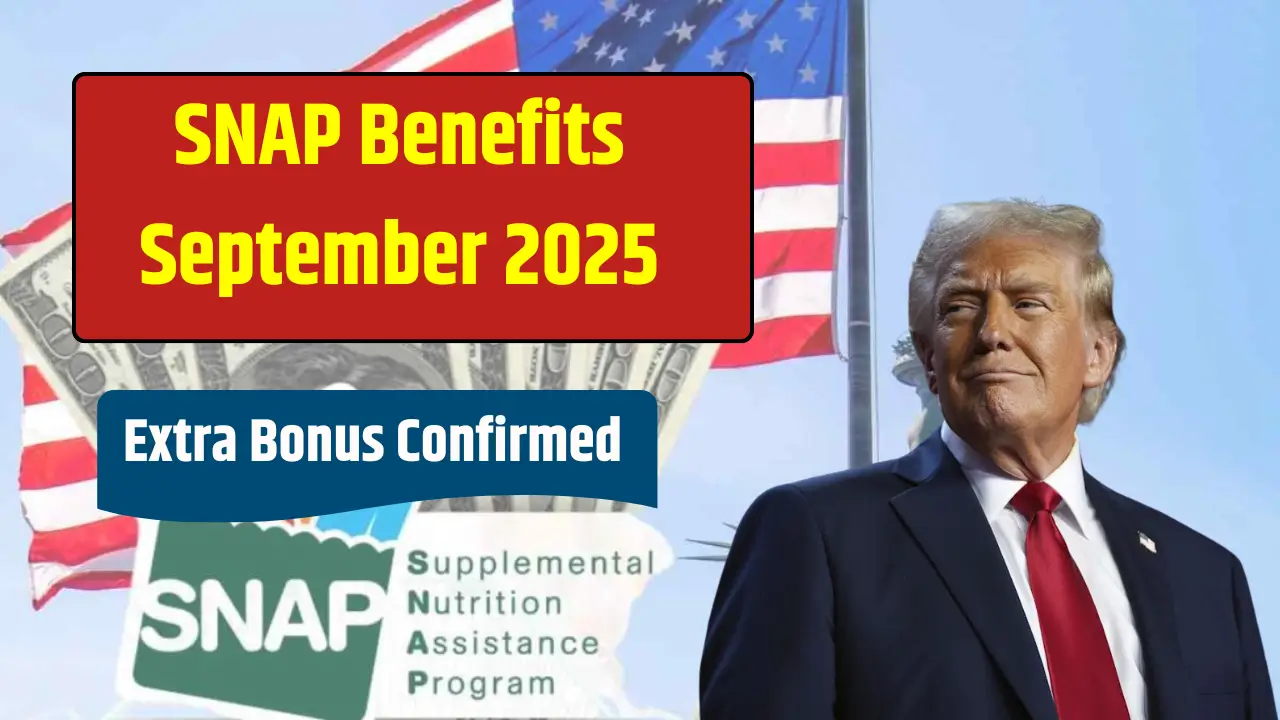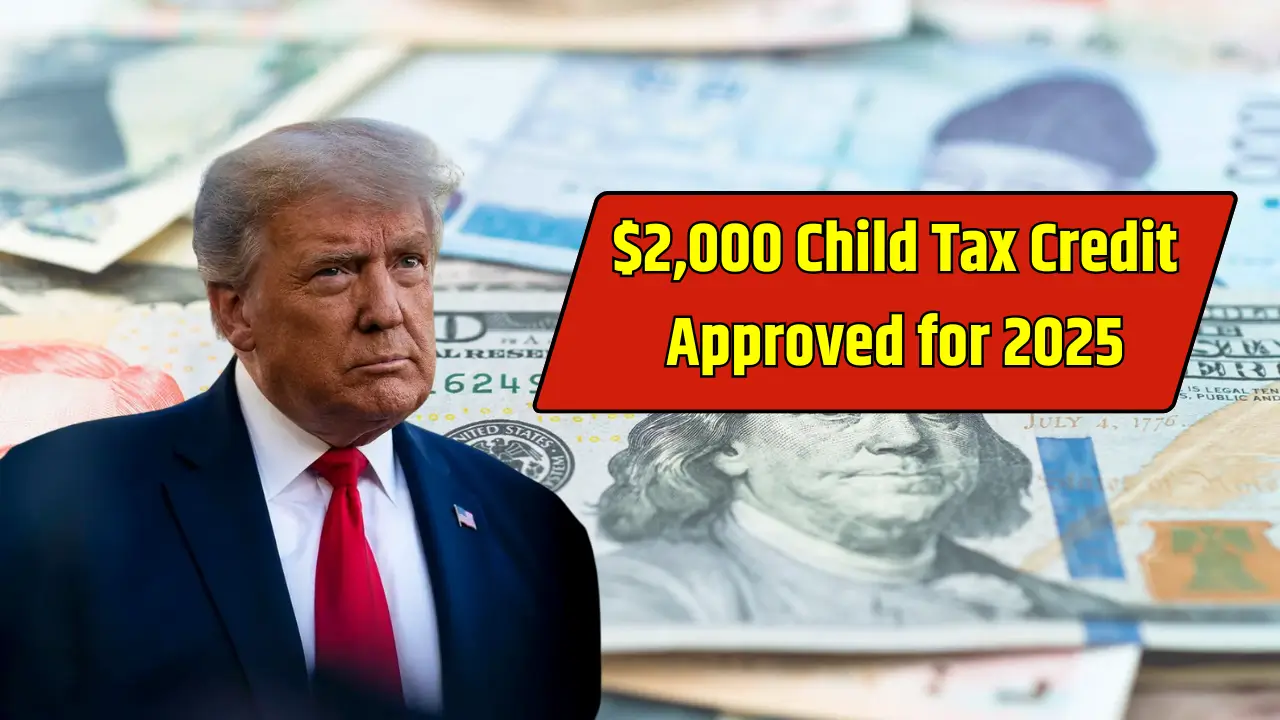Shocking $401(k) Proposal by Trump: As the 2024 presidential election reshaped U.S. politics, Donald Trump laid emphasis on retirement savings as part of his economic agenda.
His proposed reforms to the 401(k) system are being framed as the launch of a new era for American retirement planning, aiming to strengthen long-term financial stability for workers, reduce tax burdens, and encourage higher levels of participation in retirement savings across the nation.
With millions of Americans relying heavily on 401(k) plans for their future security, the outlined reforms could significantly transform how households prepare for life after work.
The Importance of 401(k) in American Retirement
The 401(k) plan remains the most popular retirement savings vehicle in the United States. Introduced in the late 1970s, the system has grown into a primary source of long-term savings for millions of employees in both private and public sectors.
Unlike traditional pensions, which have largely disappeared in most industries, 401(k)s allow individuals to contribute from their pre-tax income toward retirement, often with matching contributions from employers.
As of 2025, nearly 60 million Americans maintain active 401(k) accounts, with trillions of dollars in assets being managed under these plans. With rising life expectancy, inflation pressures, and the continued decline of pensions, reforms to strengthen this system have become a central conversation in U.S. policymaking.
Donald Trump’s Vision for Retirement Reform
Donald Trump has consistently positioned himself as a proponent of tax relief, economic growth, and individual financial independence. His proposed 401(k) reforms reflect these priorities while also catering to the concerns of workers and retirees who fear outliving their savings.
Key Aspects of the Proposed Reforms
- Increased Contribution Limits: Trump’s plan suggests raising the annual 401(k) contribution threshold, allowing workers to save more pre-tax income for their future.
- Expanded Employer Match Incentives: To encourage businesses, particularly small and medium-sized enterprises, to support employees, the reforms may introduce enhanced tax relief for companies matching contributions.
- Flexible Withdrawal Options: Allowing restricted early withdrawals without penalties for emergencies such as healthcare or family crises.
- Reduced Tax Burden During Retirement: Proposals include lowering tax rates on 401(k) withdrawals to ensure retirees keep more of their nest egg.
- Universal Access Expansion: Extending 401(k) availability to more part-time and gig economy workers who currently lack retirement plan benefits.
These reforms, if enacted, would represent the most ambitious restructuring of the 401(k) system since its inception.
How Trump’s Proposed 401(k) Reforms Could Help Workers
By enacting these reforms, the Trump proposal aims to bridge significant gaps in retirement readiness. Many Americans today face obstacles such as stagnant wages, high healthcare costs, and minimal workplace contributions.
The reforms could benefit different segments of workers in specific ways:
- Young Workers: Early-career contributions could increase significantly under higher contribution limits, compounding wealth over time.
- Middle-aged Employees: Tax incentives and improved employer matches could help accelerate savings during peak earning years.
- Retirees and Near-retirees: Reduced tax rates on withdrawals would directly increase post-retirement disposable income.
- Freelancers and Gig Workers: Universal expansion ensures those outside corporate structures finally have retirement savings parity.
Comparison of Current System vs Proposed Reforms
To understand the depth of change proposed by Trump’s reforms, it is helpful to compare the current system with his proposed measures.
| Feature | Current 401(k) System (2025) | Trump’s Proposed Reforms (Future Outlook) |
| Annual Contribution Limit | $23,000 (under 50), $30,500 (50+) | Increased limits above $25,000, with higher catch-up for 50+ |
| Employer Matching Incentives | Tax relief limited to specific contribution levels | Expanded tax credits, especially for small businesses |
| Early Withdrawals | 10% penalty except for limited exemptions | Flexibility for medical/emergency withdrawals |
| Tax Treatment in Retirement | Standard income tax rates on withdrawals | Lowered withdrawal tax brackets for retirees |
| Access for Non-traditional Workers | Limited access for freelancers, gig, and temporary workers | Universal 401(k) access across employment categories |
This table underscores how the reforms may reshape the structure of savings and make retirement security more inclusive.
Economic Implications of the Reforms
Trump’s approach to reforming 401(k)s is situated within his broader economic philosophy of encouraging private wealth accumulation and lowering tax burdens. By expanding savings opportunities, the reforms could result in:
- Increased private savings rates among American families.
- Reduced reliance on future government assistance programs such as Social Security.
- Stronger capital inflows for stock markets and bonds, since retirement funds are major institutional investors.
- Enhanced financial autonomy for workers outside traditional corporate jobs.
Critics, however, warn of potential reduced federal tax revenues, since pre-tax contributions shield more income. At the same time, income inequalities could create disparities, with higher earners benefitting most.
Challenges and Criticisms
While the proposal is ambitious, the reforms are not free from criticism. Future debate in Congress will likely revolve around:
- Revenue Loss to the Government: Higher contribution limits mean fewer tax dollars in the short term.
- Policy Sustainability: Flexibility around withdrawals could discourage long-term savings discipline.
- Disproportionate Impact: Wealthier individuals might take more advantage of the reforms than lower-income workers with limited savings capacity.
- Political Feasibility: With a divided Congress, passing such wide-ranging reforms might require compromise with opposing parties.
Retirees’ Perspectives on the Proposed Reforms
Retirement communities and financial planners have responded with cautious optimism. Many retirees endorse the lower future tax rates on withdrawals, which would enhance disposable income.
However, they also worry that reforms pushing responsibility more heavily on individual savings could weaken Social Security protections in the long run.
Advisors encourage Americans to diversify retirement plans, balancing traditional 401(k)s with Roth IRAs, annuities, and personal investments.
Trump’s reforms may strengthen one pillar of retirement planning but do not fully address healthcare costs, long-term housing needs, or the pressure on Social Security.
A Potential New Era for American Retirement Savings
Despite controversy, the proposed 401(k) reforms signal a major step toward reshaping retirement security in the U.S.
By expanding contribution capacities, extending universal access, and lowering taxation in retirement years, Trump’s proposal appeals directly to middle-class savers and non-traditional workers often overlooked by previous systems.
If passed, these reforms could create generational improvements in how Americans approach retirement, building a culture of earlier and more consistent savings.
Financial independence, less dependency on government safety nets, and more flexibility in managing one’s wealth could become hallmarks of the new era.
Frequently Asked Questions (FAQs)
1. What is the main goal of Donald Trump’s proposed 401(k) reforms?
The reforms aim to increase savings capacity, expand access to more workers, and lower taxes on retirees’ withdrawals.
2. How would contribution limits change under the proposal?
Current annual limits of $23,000 may rise above $25,000, with larger catch-up contributions for workers aged 50 and above.
3. Will gig economy workers gain access to 401(k) plans?
Yes. One of the reforms’ core goals is to make retirement savings plans universally available regardless of job type.
4. Do the reforms change tax treatments in retirement?
Yes. Withdrawals from 401(k) plans would face reduced tax rates, allowing retirees more disposable income.
5. Are there concerns with the reforms?
Critics cite reduced federal revenue and potential disproportionate benefits to higher-income earners as key issues.















